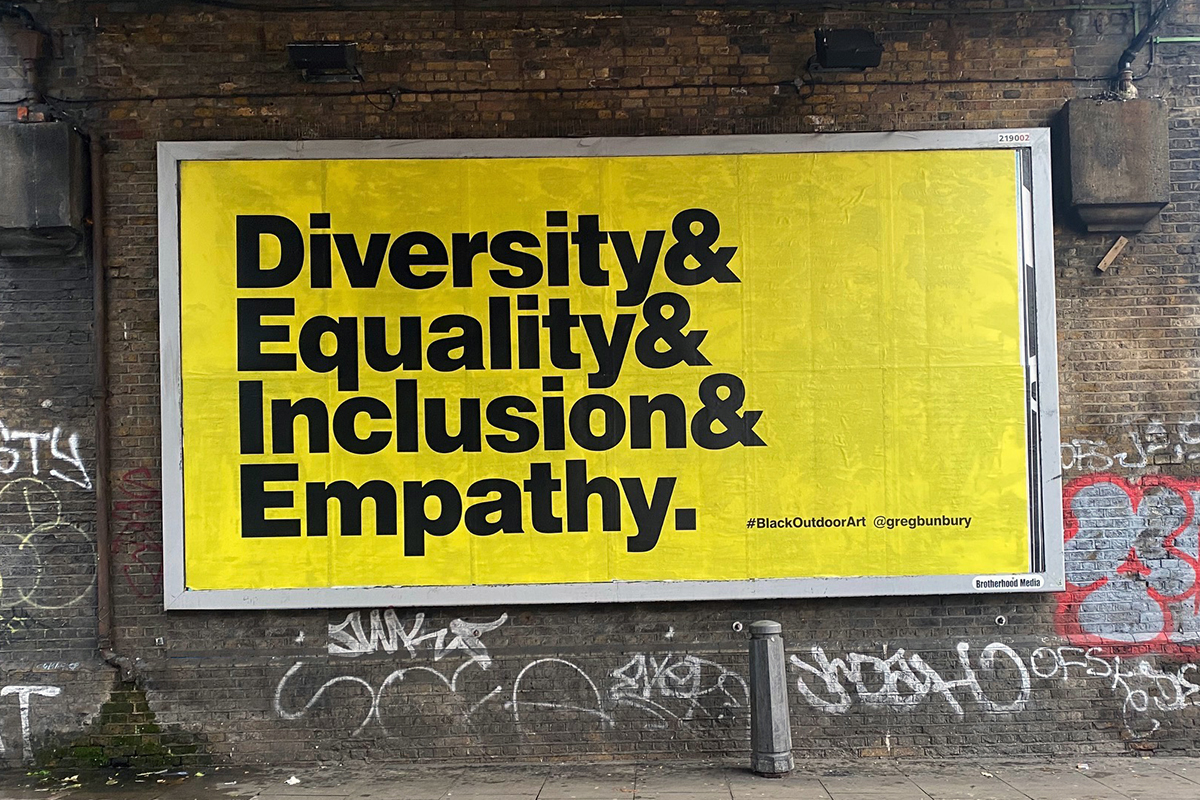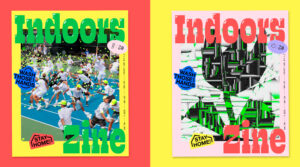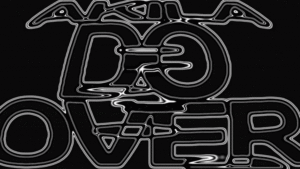Greg Bunbury (@gregbunbury) is a graphic designer, creative consultant, diversity & inclusion consultant and podcaster, based in London. Most recently, in response to events of police brutality and the surge of momentum surrounding the Black Lives Matter movement, Greg’s work has been sewing vital threads between design, its potential for social impact and our collective need for cultural change.
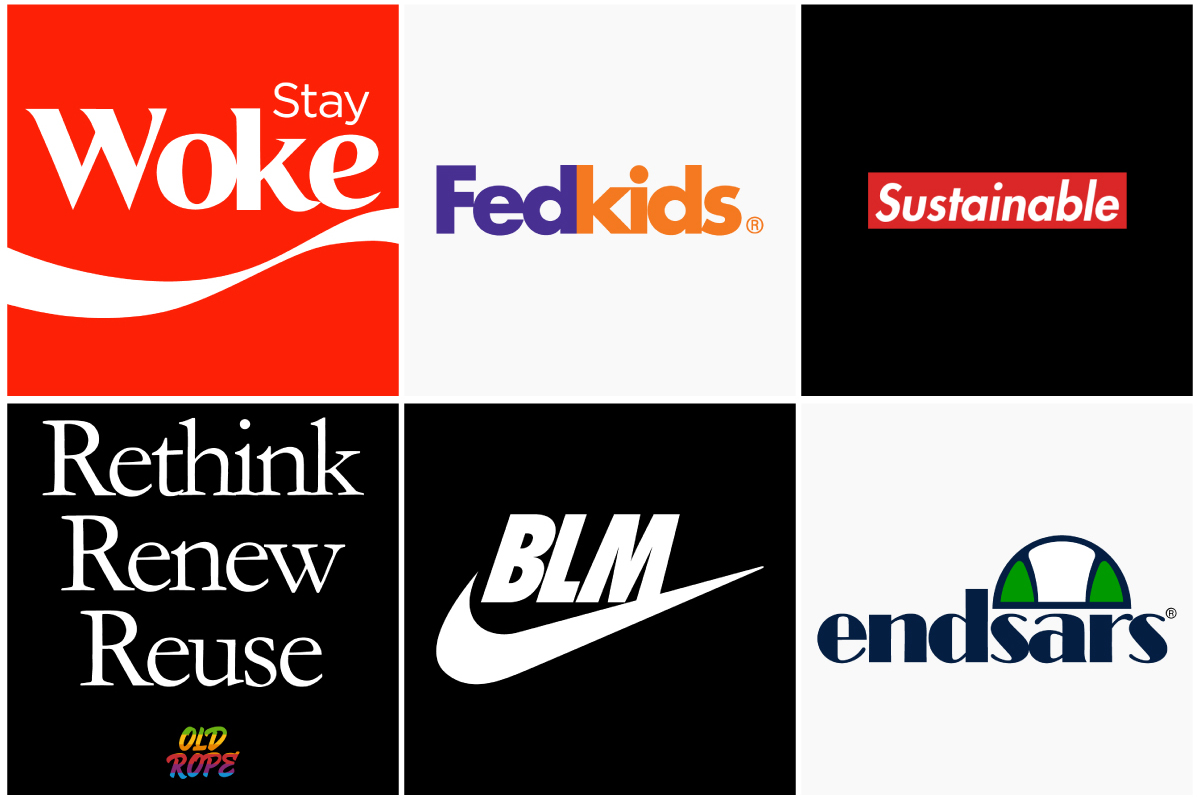
We’ve been chatting with Greg to delve deeper into managing, curating and designing the Black Outdoor Art project, podcasting with creatives using design to make the world a better place, and how designers can harness their skills to nurture the conditions for social change…
Hi Greg! First off, can you tell us a bit about what design for cultural and social impact means to you, and the ways you go about working towards the changes you want to see?
Design for cultural and social impact, is the act of aligning our values with our work. It is building our beliefs and ideals, into what we do, and how we do it. It employs the problem-solving and design thinking typically reserved for client work, on projects that create or facilitate social change. In this way, instead of exclusively supplying creative services for clients, we can function as design entrepreneurs for our communities, and the causes we advocate for.
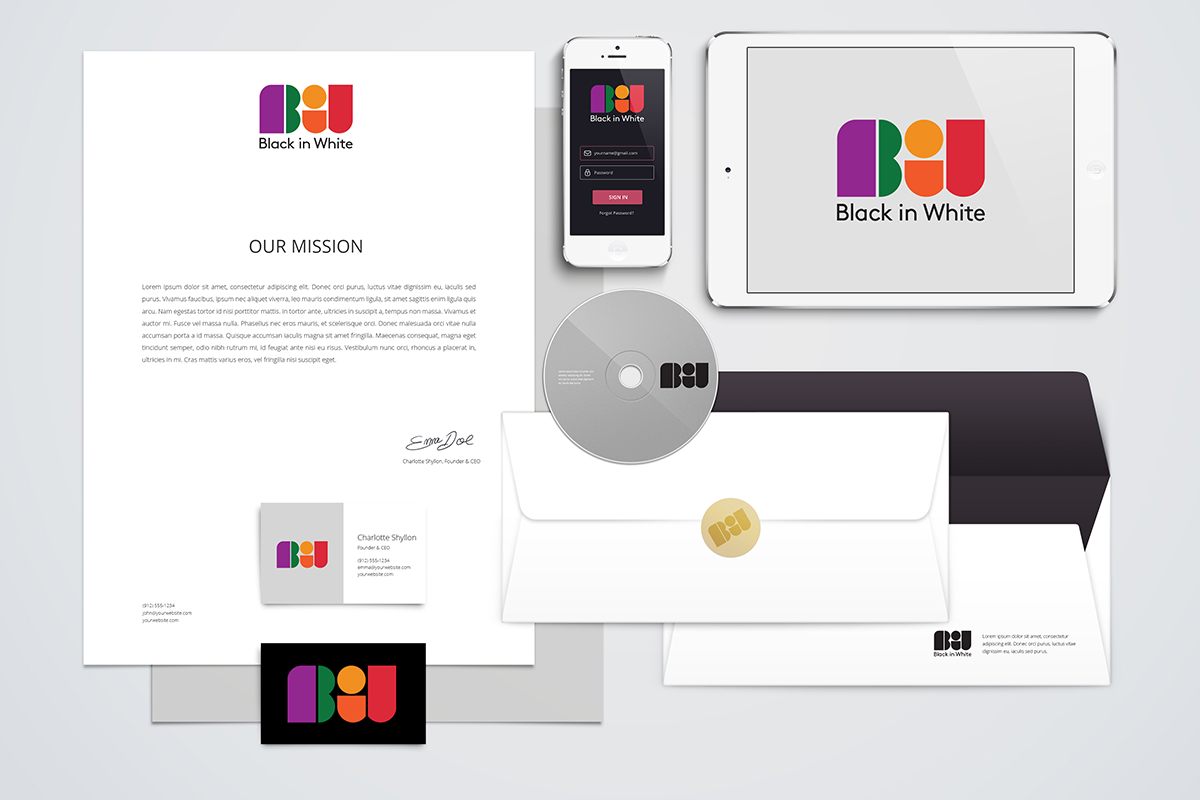
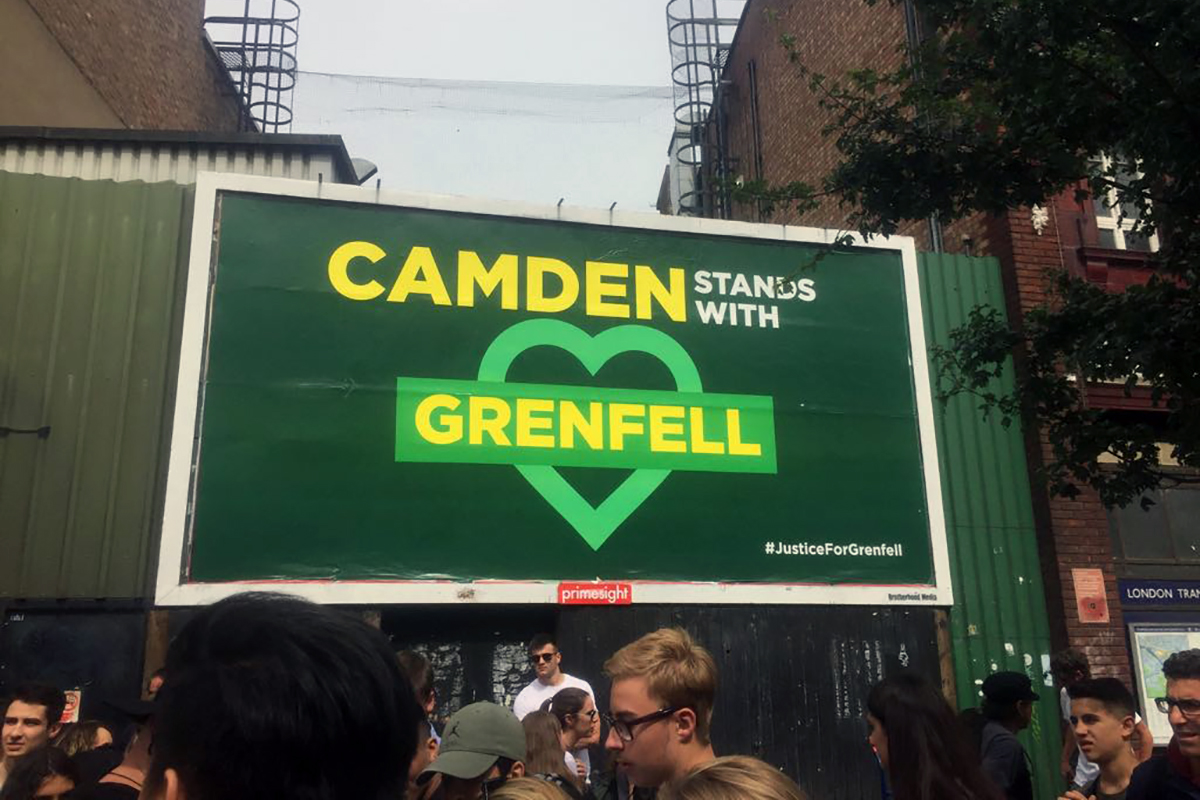
Could you tell us a bit about how the Black Outdoor Art project came about and what your work on it looks like?
Black Outdoor Art is a project born out of a partnership with Brotherhood Media, an outdoor advertising agency in London. Following the murder of George Floyd last year, and the ensuing groundswell around Black Lives Matter, brands and businesses were seeking ways to stand with the Black community in support. Therefore the agency wanted to donate some of their billboard space to this effort. They asked to print a poster I had previously designed in tribute of Eric Garner, murdered by police officers in New York.
While I was initially skeptical by this request, with discussion we reached an understanding on our shared values, and the agency’s commitment to antiracism. I designed a new version of my 2014 I Can’t Breathe poster, connecting Floyd and Garner, and Brotherhood ran it on billboards across London.
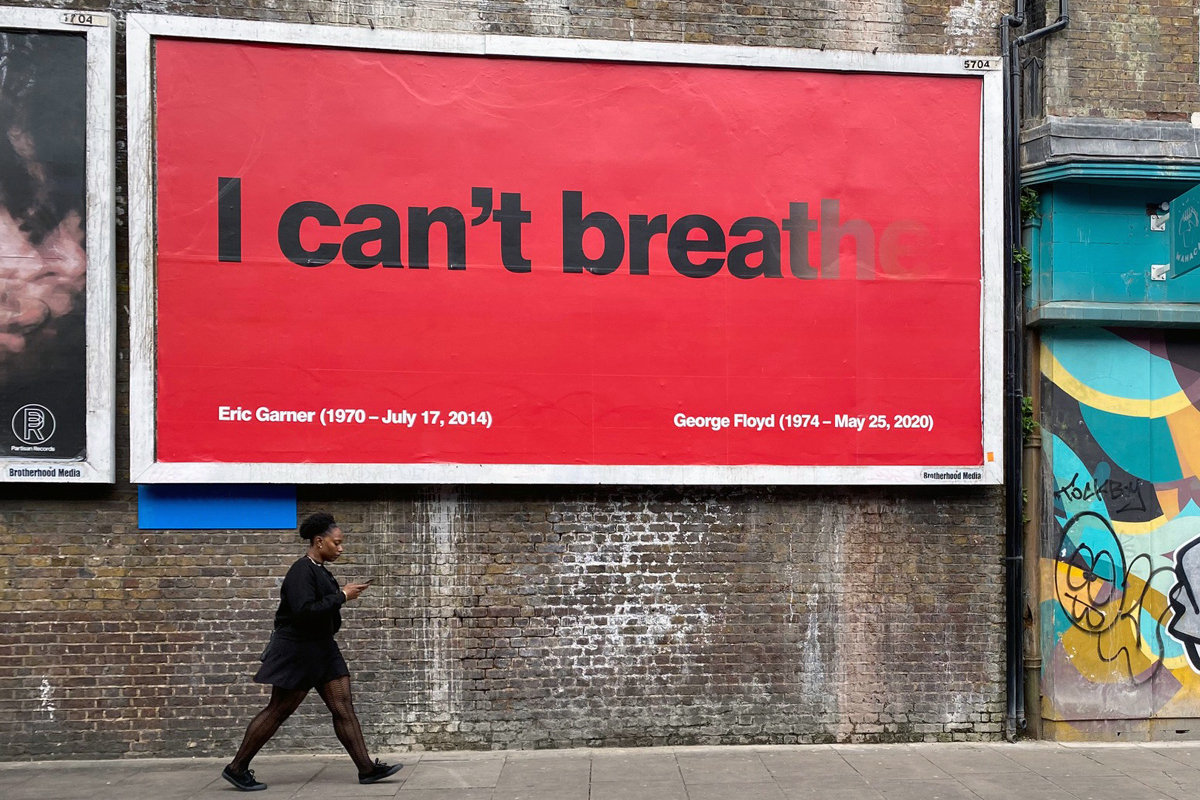
After overwhelmingly positive support, we decided to turn the poster into an ongoing campaign, but one with the involvement of the Black creative community. Rather than having one voice to express the sentiments of a multi-faceted, multi-ethnic people, I wanted to represent a breadth of ideas – not a cultural monolith.
As well as producing my own designs, I started approaching designers and artists, to create billboards that express their own narratives and perspectives. To positively, and creatively address complex subjects from history to equality, or to just encompass a feeling of what it means to be Black and British.
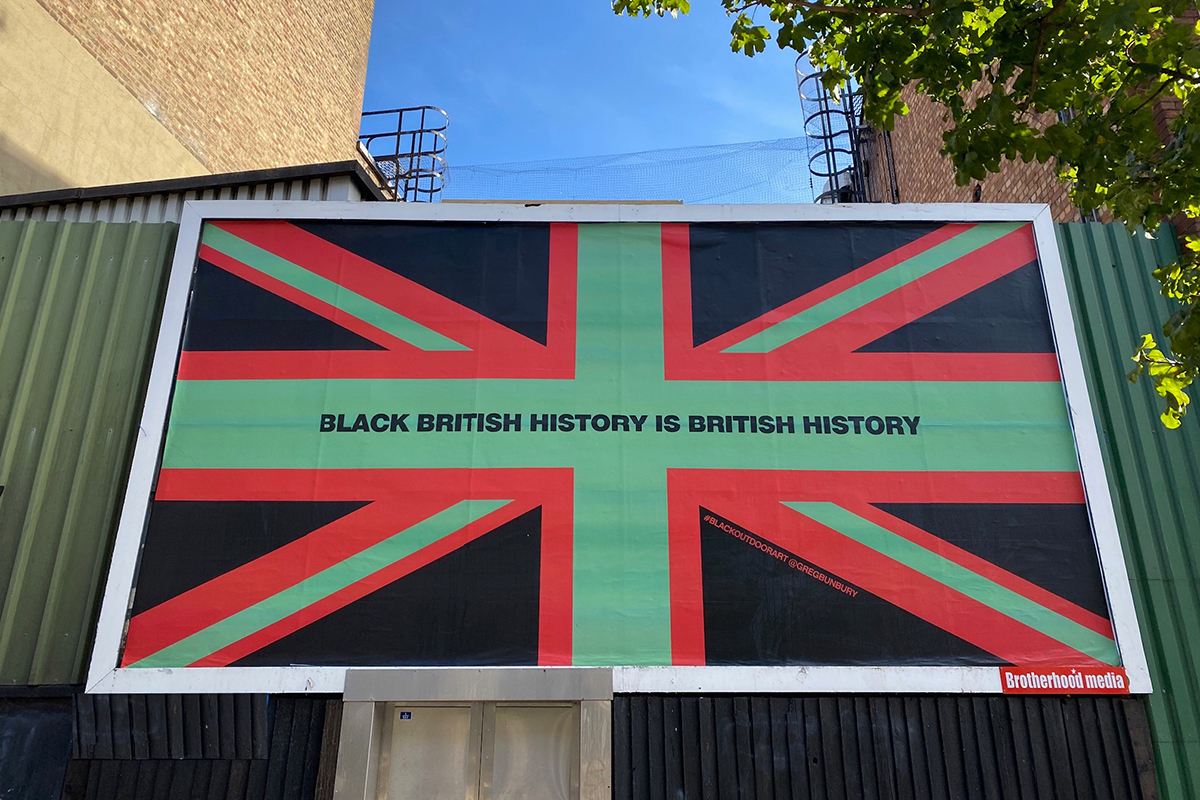
Have there been any particular aspects of the project you’ve loved the most or particular works that have stood out for you?
Black Outdoor Art has been a ray of light in an otherwise gloomy year. Though conceived in response to a harrowing event, it has connected everyone involved through positivity and empathy, facilitating a deeper understanding of the issues we’re addressing.
It enabled the participants to produce personal work, on a scale comparable to a big-budget marketing campaign. To connect their work with communities, in a way that was never previously possible, raising their visibility, showcasing their talent, and amplifying their voices.
It kept the conversation about race and equality in the public eye, and furthered discussions for how we think about art and media in public spaces. While a mere poster in itself cannot create structural or institutional social change, these efforts provide fertile ground for ideas that might.
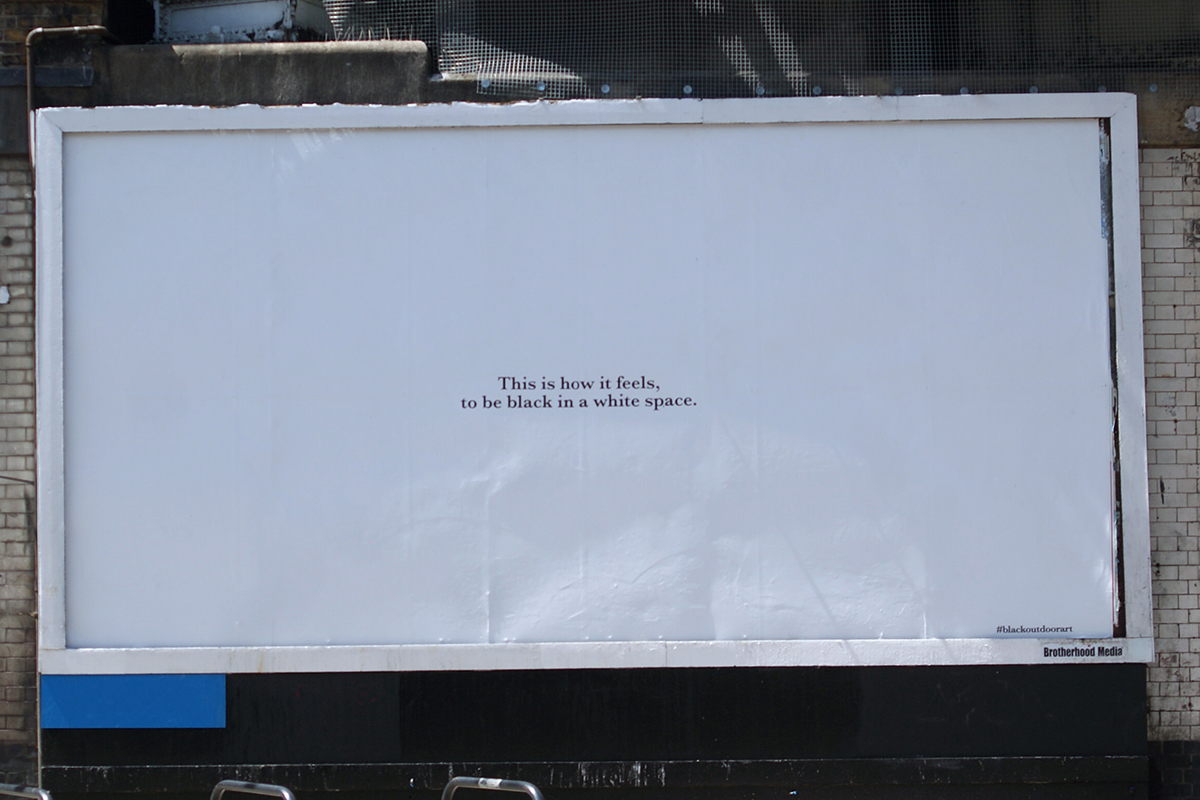
Can you tell us a bit about your Design for the People project and what you’re doing with this?
Design For The People is a podcast about those who use design to make the world a better place. Those who advocate for antiracism and equality, actively support progressive causes, or produce work that uplifts marginalized communities in some way.
It seeks to change our notion of design and creativity primarily as a commercial, client-based service, to a methodology for solving our biggest problems. When I graduated many years ago, this kind of ethos didn’t really exist. I was taught that social-focused projects, was merely the remit of the ‘personal project’ section of a portfolio.
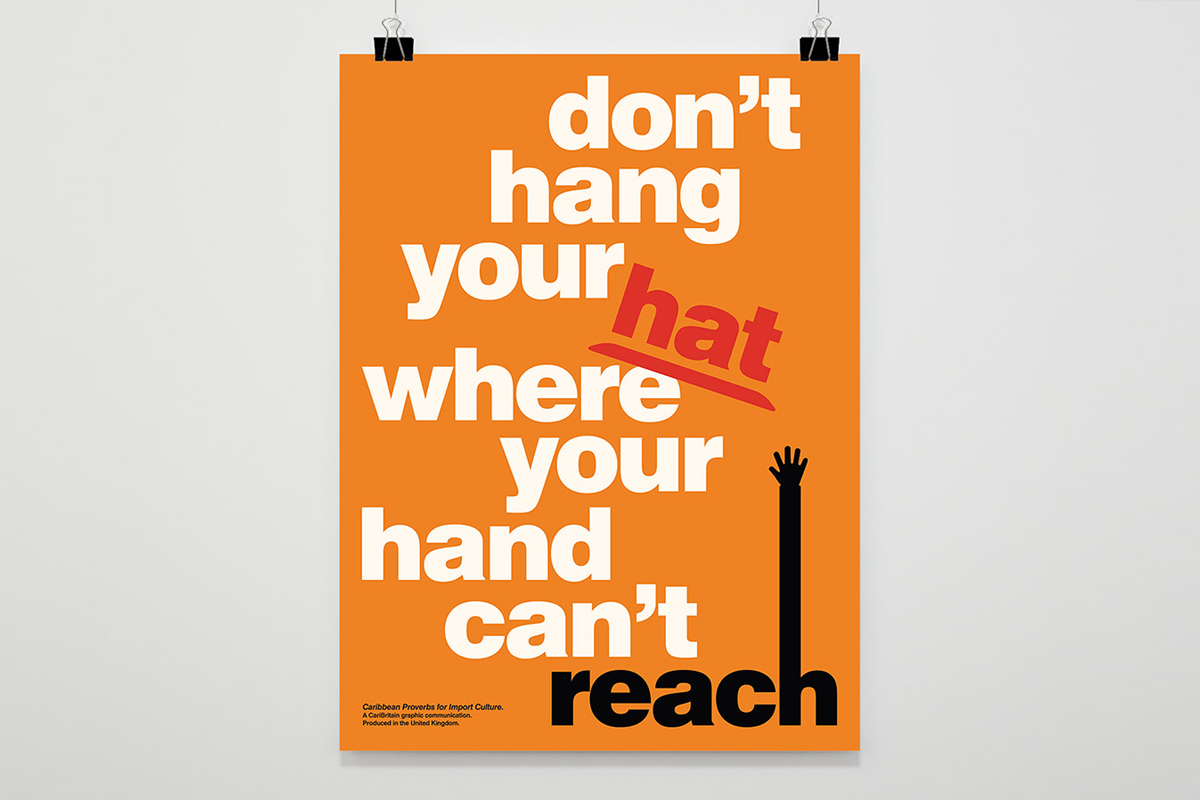
Since then, we’ve seen the growth of the ‘Design For Good’ ethos spearheaded by Mark Randall’s incredible work in social impact design, and the power of organisations such as the UK’s Design Council – an organisation who’s very purpose is to ‘make life better by design’.
With the podcast, I want to show aspiring design and creative entrepreneurs pathways to build socially-focused practices. In particular (but not exclusively) Black/POC creatives, when finding such inspiration is harder in industries with low representation.
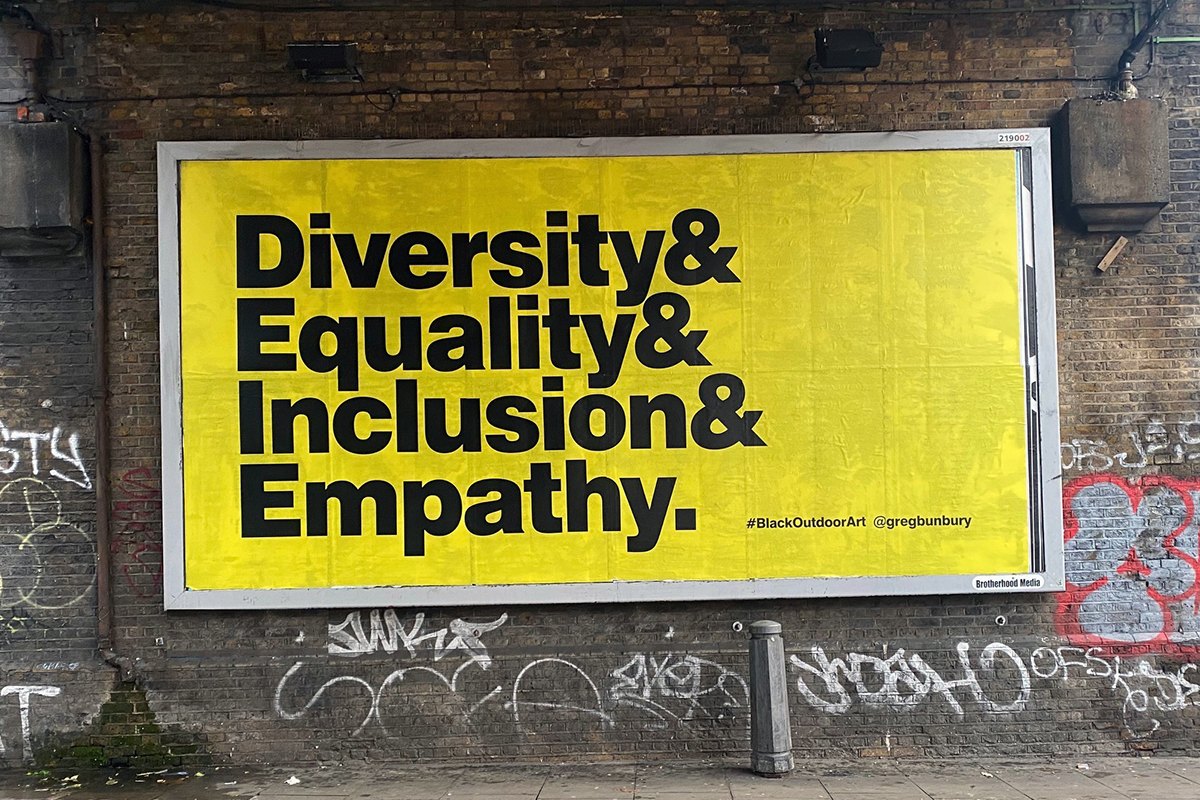
That sounds amazing. Lastly, and kind of following on from that, how do you think designers can best use their skills to push for social change?
Start small. Firstly, decide who you are, and what you want to stand for. Write down your values, and start building them into your work. The more clearly defined your values are, the better chance you’ll have a building a career that aligns with them.
Progressive change can be manifested in small acts, just by our choices – who we work for, who we partner with and who we buy from. But in order to embrace choice, we have to build practices that allow them.
This will mean cultivating a combination of commercial and social work, through building a good level of business acumen. So we must understand our value, and work on raising our worth so we can truly be of benefit to others.

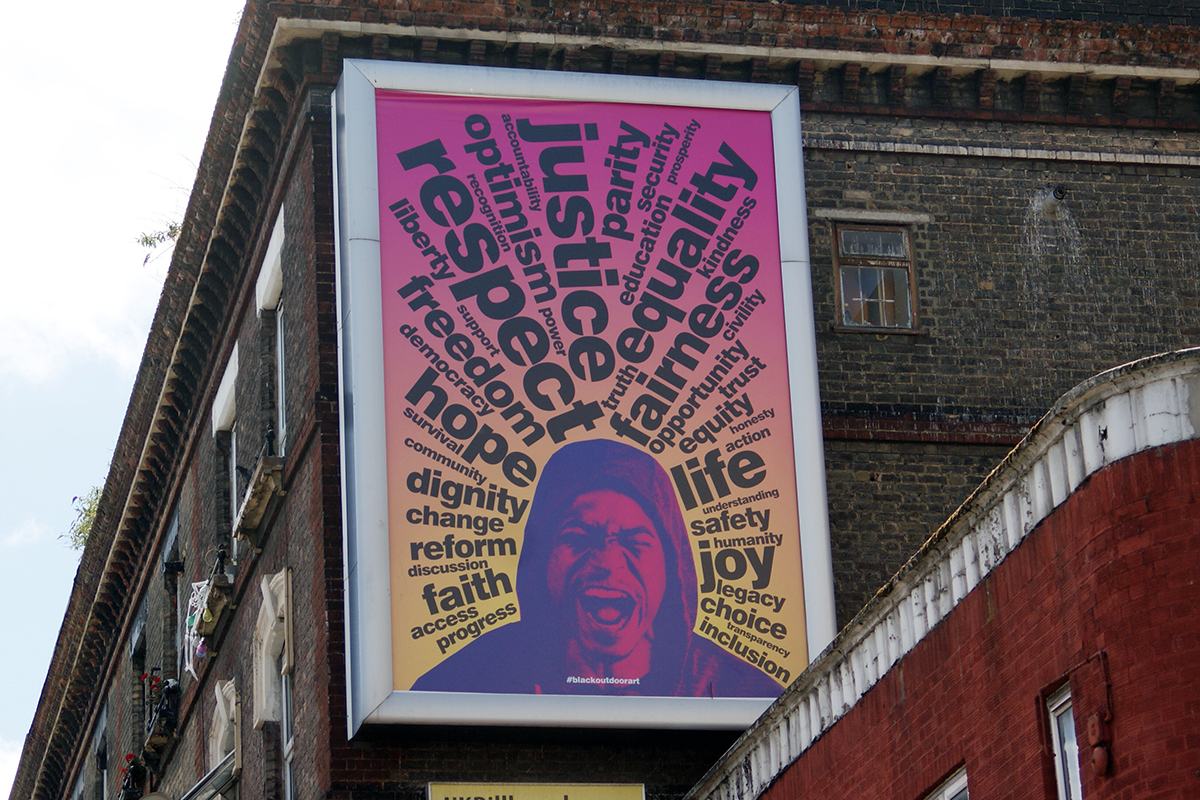
Thank you so much to Greg for sharing more with us about these incredible projects. We highly suggest you also check out Greg’s CariBritain project, and be sure to listen to Design For The People, too.

